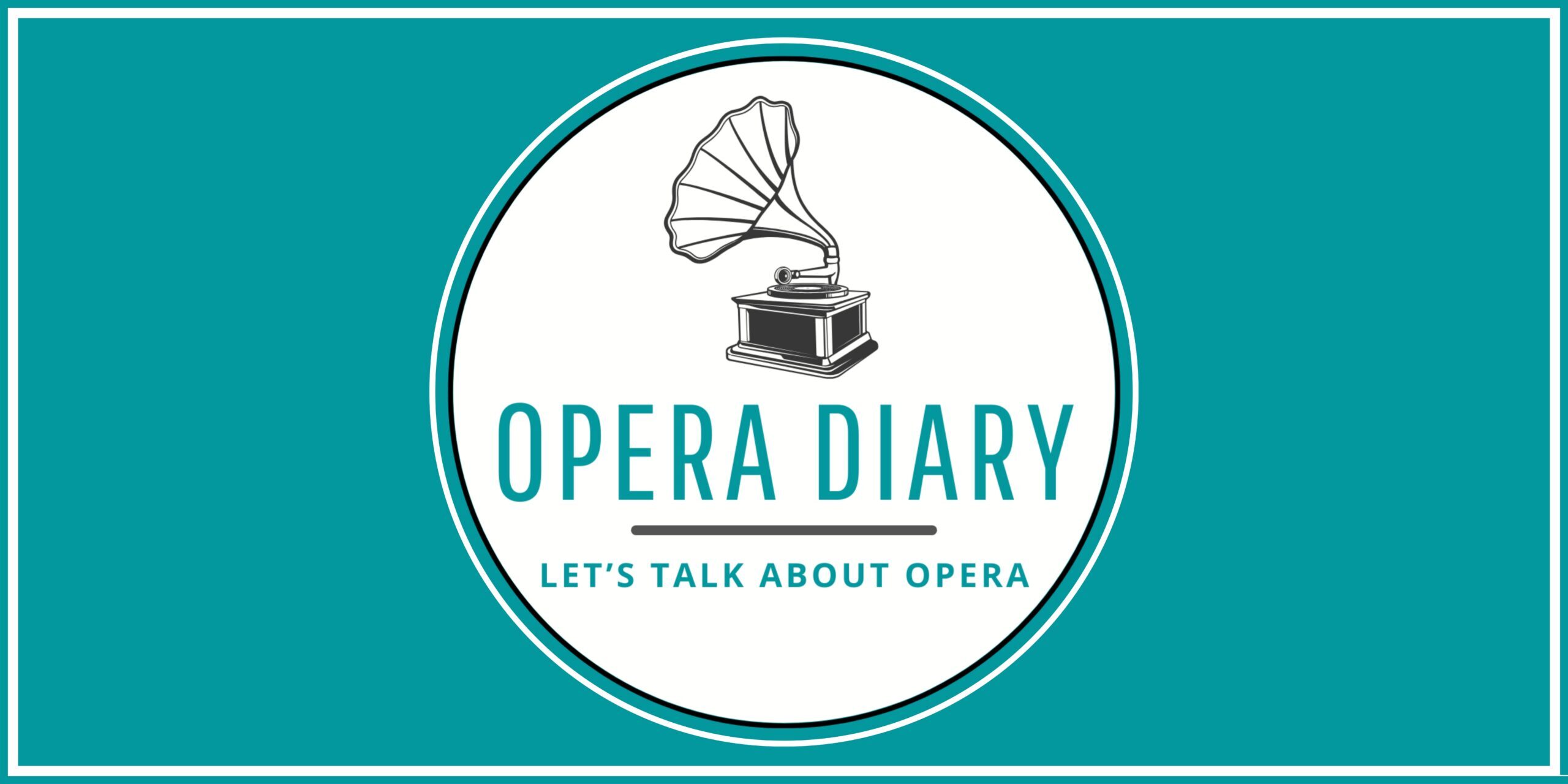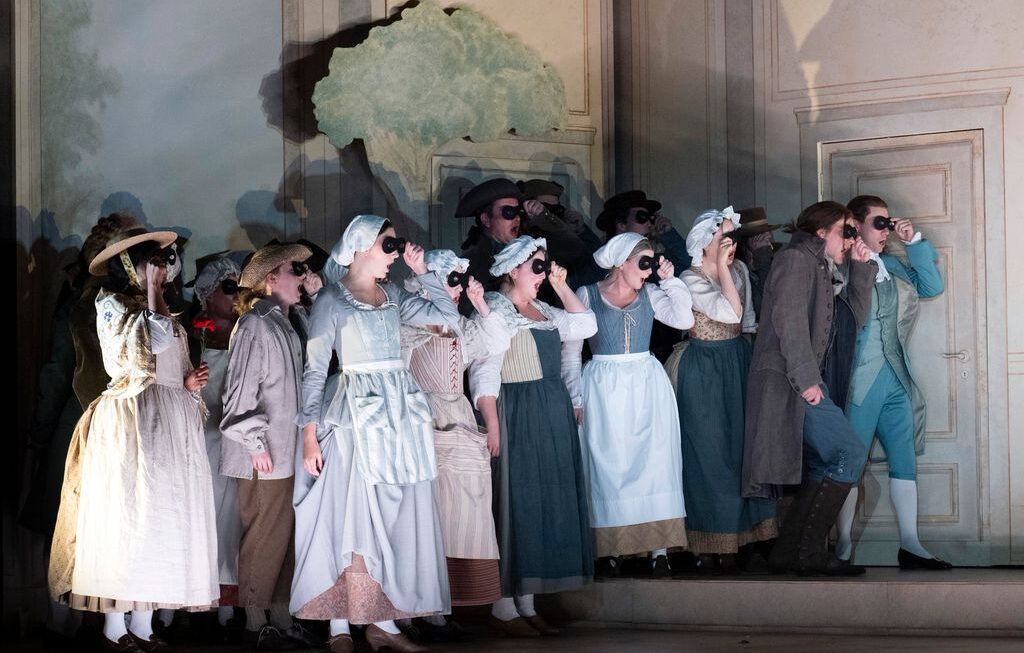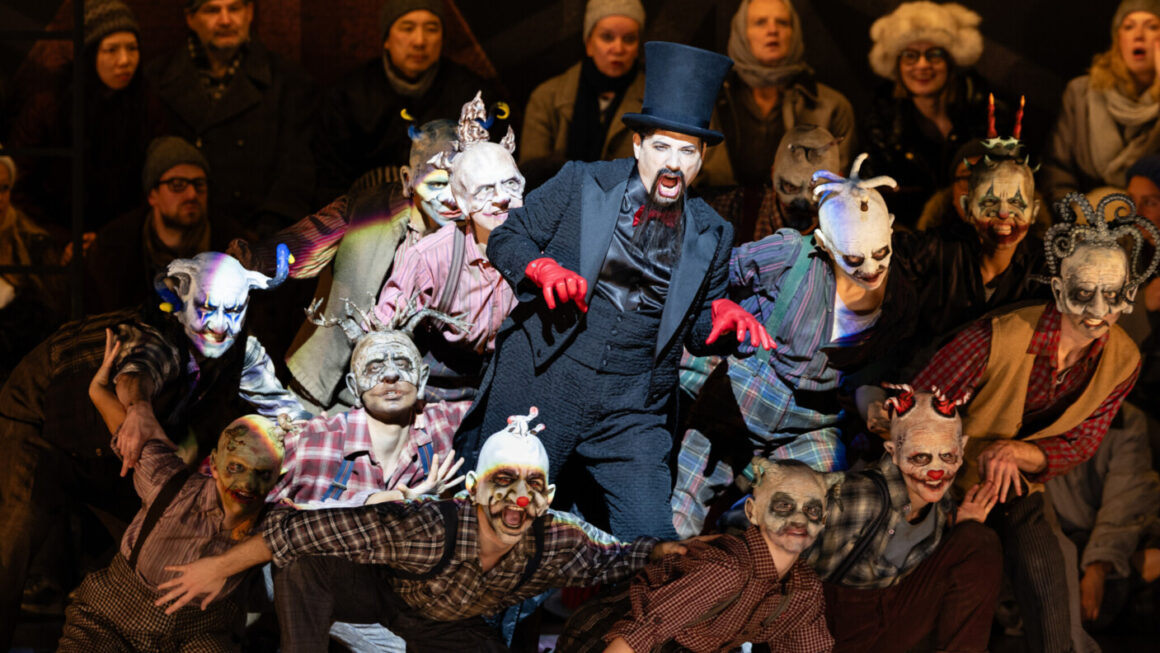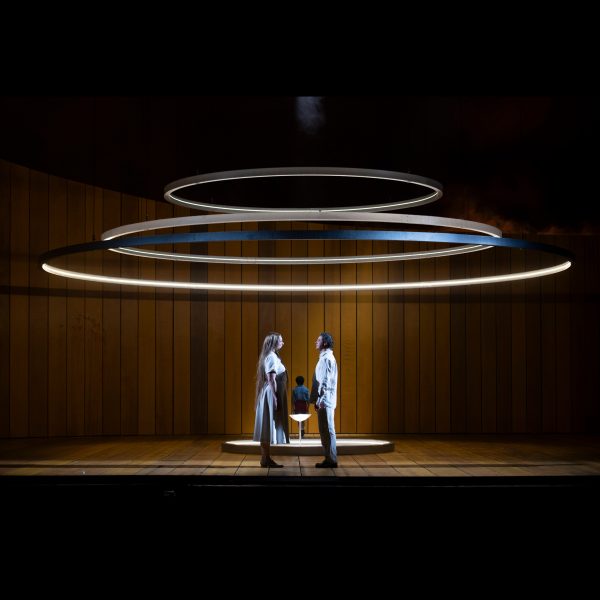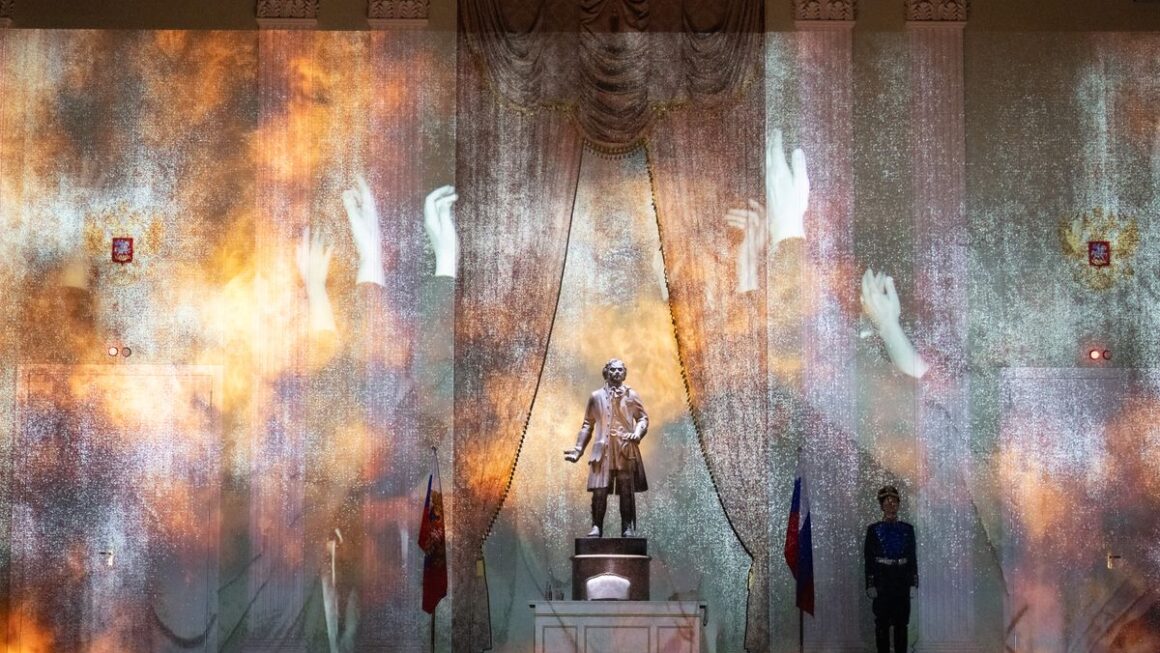What an afternoon!
On this July Saturday, in its usual and ever-so-picturesque misty setting, the Glyndebourne Festival offers us a magnificent tribute to Mozart’s sublime masterpiece — a pinnacle of theatrical art: Le nozze di Figaro.
And at a time when some opera houses and directors seem to consider it “artistic” to distort, if not pervert — or even tarnish — the precious legacy the Austrian composer left to all of humanity, what a joy it is to return to the roots, to the very essence of this work: three hours of absolutely perfect music and theatre, requiring only a delicately passionate and subtle embodiment, with no extravagance and no forced originality.
Mariame Clément’s achievement is masterful: she delivers a production that feels, at first glance, very traditional — yet is in constant motion, with a rare fidelity to the spirit of the original, never slipping into the overly familiar, and even less into boredom. Which is often the biggest risk with such a “classical” approach.

Under these ideal conditions, the vocal cast can unfold its full richness. In the title role, Michael Nagl brings firm authority: his stage presence and vocal power offer everything a devoted Mozartian could hope for — the charisma of the central figure, and the flexibility needed to blend into this kaleidoscopic comedy. His two solos fill the theatre handsomely, but it’s above all in ensemble scenes that he shines. All the while, one senses that this young bass-baritone voice still has room to develop. We look forward to what’s to come.
Another voice whose refinement impresses despite his young age: Huw Montague Rendall. Beyond the clear benefit of having a Count the same age as Figaro — which instantly equalises the dynamics between characters and removes any natural hierarchy — one feels that everything is already there in this young timbre. What an aria in Act III! And what a second-act finale, where the Count is undeniably the driving force, and where Mozart (brilliantly assisted by Da Ponte) deploys his full genius — theatrical and musical alike. Rendall’s acting is spot-on, his inflections playful, his tone beautiful. A performance full of class.
On the women’s side, the anticipation surrounding Louise Alder’s debut as the Countess was high. Unsurprisingly — as we’ve grown accustomed to her subtle artistry and sharp intelligence — it’s a total success. Her timbre is rich, powerful, yet exquisitely delicate, and it suits this troubled character from her very first entrance to the closing bars. Her arias are first sincerely touching, then filled with unfeigned hope — but as with others in the cast, it is in her shared scenes that she proves most compelling. Hard to pick between the two finales — both are remarkable. Alder is, simply, pitch-perfect.
Her pairing with Johanna Wallroth is all the more effective for the contrast: Wallroth’s brighter, drier tone complements the Countess’s darker sound beautifully. Agile, nuanced, and vocally luminous, she perfectly embodies this tender, agile character who propels the action forward throughout the opera. Particularly impressive in the second finale, she thrives in her many interactions with the rest of the cast — more numerous and more varied than for any other character — constantly shifting roles. Each of her entrances stirs curiosity, and each one ends in delight. Delicate and delicious.

As the final major character, Adèle Charvet has quite a challenge in the face of such excellence. The role of Cherubino offers her this chance — and she seizes it with grace. Both actor and victim of his own youthful destiny, she captures the page’s subtle psychological and comic balance, maintaining the tension between a less central character and one that is nonetheless essential to the plot. On stage and vocally, her performance is once again finely judged. The ever-anticipated Act II solo is rendered with pure Mozartian clarity, while the more frantic shared scenes — especially in the two great finales — are filled with that fragile urgency so characteristic of this singular, endearing character. Admirable balance.
And while the quality of this central quintet is a sine qua non for a successful Figaro, the production’s near-total triumph depends on the so-called “secondary” roles — less present, perhaps, but vital to Mozart’s delicate balance.
Elisabeth Boudreault sings a tenderly naive Barbarina — her aria mourning her lost pin hits just the right tone. Alessandro Corbelli’s Bartolo contributes fully to the dramatic pulse with his vengeance aria, and his scenes with Madeleine Shaw’s Marcellina are full of charm and complicity. Ru Charlesworth’s theatrically-minded Basilio is a hit with the audience, as are Alexander Vassiliev’s Antonio and Vincent Ordonneau’s Don Curzio, whose bright top notes in the Act III sextet stand out — surely one of the most glorious moments in all of classical opera.
The only reservation of the evening comes from the pit. Riccardo Minasi draws sumptuous colours from the equally magnificent Orchestra of the Age of Enlightenment. The textures are warm, supple, and the ensemble is shaped with a masterful hand. But still, questions arise around the many rubatos and broad liberties taken with dynamics.
Mozartian opera being as much theatre as music, it is admirable to have a conductor so attuned to dramatic intent — but such intentions can at times prove counterproductive. For this constant theatrical vitality stems above all from a rigorous fidelity to what’s written, and the feeling of perpetual motion often emerges precisely from strict respect for the score. That miraculous balance — so unique to this music — is thus, at times, unsettled.
Still, one leaves the English countryside deeply moved by such a beautiful tribute — and even a few days later, writing down these impressions “cold”, a sweet sense of nostalgia lingers. The emotion of that nearly perfect evening remains vivid and tangible.
Long live Mozart, viva l’opera, and thank you, Glyndebourne.
©️ Glyndebourne Productions Ltd. Photography by Richard Hubert Smith
